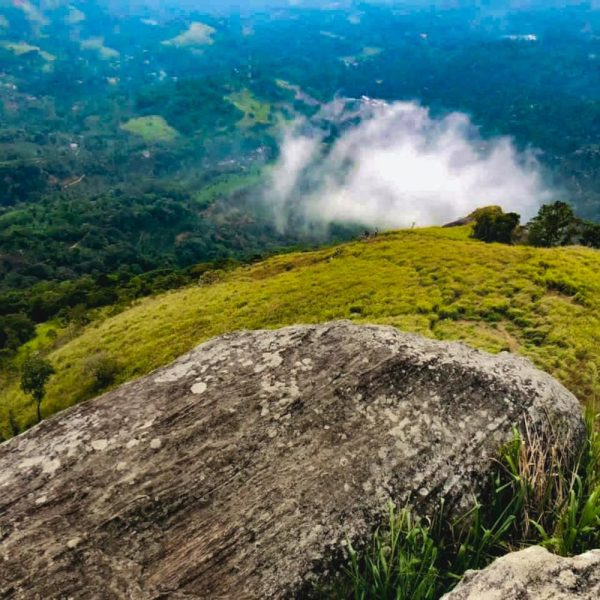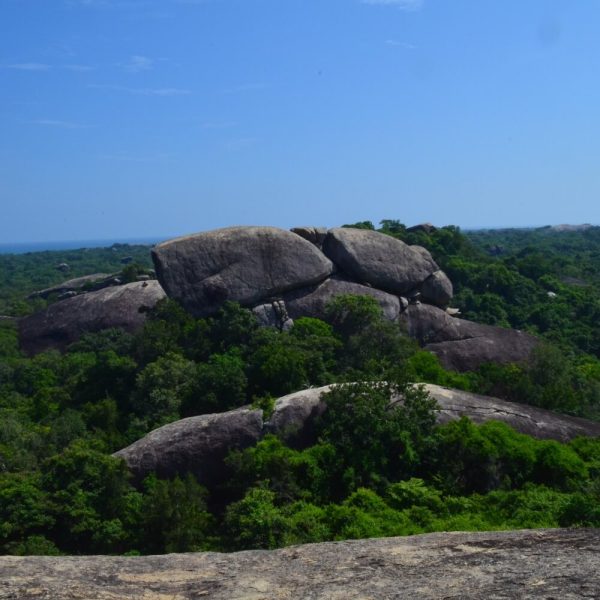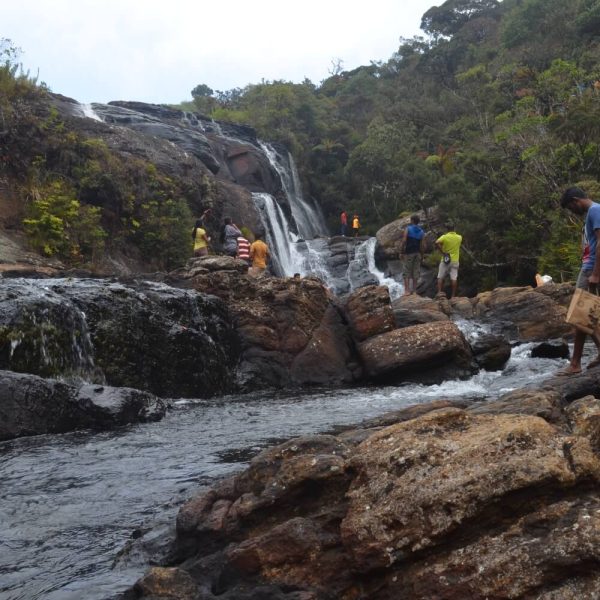Description
Horton Plains National Park is a protected area located in the central highlands of Sri Lanka. It is situated in the Nuwara Eliya District, Central Province, and is known for its unique ecology and breathtaking landscapes. Here are some key features and information about Horton Plains National Park:
- Location: Horton Plains National Park is situated on the southern plateau of the central highlands, approximately 32 kilometers southwest of Nuwara Eliya. The park covers an area of about 3,160 hectares.
- Altitude: The park is characterized by its high altitude, with the plateau ranging from 2,100 to 2,300 meters above sea level. This elevation contributes to a cooler climate compared to the surrounding lowlands.
- Biodiversity: Horton Plains is home to a diverse range of flora and fauna. The park’s vegetation includes montane grasslands, cloud forests, and patches of dense forest. Notable wildlife species include sambar deer, purple-faced langurs, wild boar, and a variety of endemic and migratory bird species.
- World’s End: One of the most famous attractions in the park is “World’s End,” a sheer cliff with a drop of about 870 meters. It offers breathtaking panoramic views of the surrounding lowlands. The escarpment provides a stunning vista, especially during the early morning when the mist lifts, revealing the landscape below.
- Baker’s Falls: Another popular site within the park is Baker’s Falls, a beautiful waterfall located on Belihul Oya. It is named after Sir Samuel Baker, a British explorer.
- Hiking Trails: Horton Plains offers several hiking trails that allow visitors to explore its diverse landscapes. The most popular trail is the circular route that takes you to World’s End and Baker’s Falls. The trek provides an opportunity to witness the unique flora, including species like the carnivorous plant known as the “Rhododendron.”
- Endemic Species: The park is home to several endemic plant species, such as the Horton Plains slender loris and the highland damps.
- Conservation: Horton Plains National Park was designated as a national park in 1988 and later recognized as a UNESCO World Heritage Site in 2010. The park’s conservation status is crucial for protecting its unique ecosystems and rare species.















































